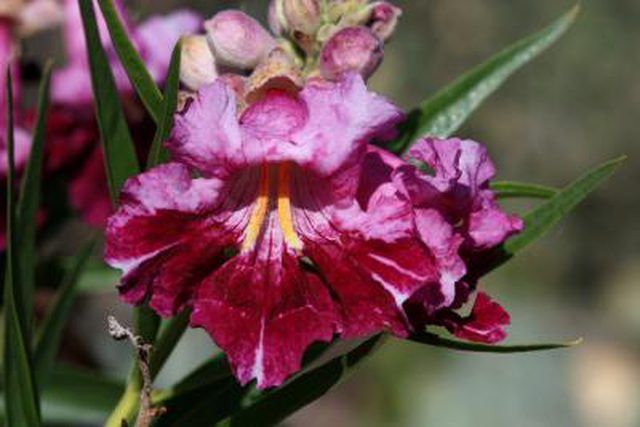Bulbs
Flower Basics
Flower Beds & Specialty Gardens
Flower Garden
Garden Furniture
Garden Gnomes
Garden Seeds
Garden Sheds
Garden Statues
Garden Tools & Supplies
Gardening Basics
Green & Organic
Groundcovers & Vines
Growing Annuals
Growing Basil
Growing Beans
Growing Berries
Growing Blueberries
Growing Cactus
Growing Corn
Growing Cotton
Growing Edibles
Growing Flowers
Growing Garlic
Growing Grapes
Growing Grass
Growing Herbs
Growing Jasmine
Growing Mint
Growing Mushrooms
Orchids
Growing Peanuts
Growing Perennials
Growing Plants
Growing Rosemary
Growing Roses
Growing Strawberries
Growing Sunflowers
Growing Thyme
Growing Tomatoes
Growing Tulips
Growing Vegetables
Herb Basics
Herb Garden
Indoor Growing
Landscaping Basics
Landscaping Patios
Landscaping Plants
Landscaping Shrubs
Landscaping Trees
Landscaping Walks & Pathways
Lawn Basics
Lawn Maintenance
Lawn Mowers
Lawn Ornaments
Lawn Planting
Lawn Tools
Outdoor Growing
Overall Landscape Planning
Pests, Weeds & Problems
Plant Basics
Rock Garden
Rose Garden
Shrubs
Soil
Specialty Gardens
Trees
Vegetable Garden
Yard Maintenance
How to Care for a Desert Willow Tree
How to Care for a Desert Willow Tree. Showy flowers and an uncanny ability to survive in hot, arid areas makes a desert willow (Chilopsis linearis), which grows in U.S. Department of Agriculture plant hardiness zones 7b through 11, a natural choice for dry gardens and water-wise yards. This tree thrives on neglect, requiring little more than an...

Showy flowers and an uncanny ability to survive in hot, arid areas makes a desert willow (Chilopsis linearis), which grows in U.S. Department of Agriculture plant hardiness zones 7b through 11, a natural choice for dry gardens and water-wise yards. This tree thrives on neglect, requiring little more than an annual trim and an occasional watering during a dry summer spell.
Water Sparingly
Well-established, mature desert willow trees get enough water from the environment even in dry climates. In areas where the average annual rainfall is at least 12 inches per year, you don't need to water at all. During droughts and in areas with rainfall below 12 inches annually, desert willow may need additional watering in summer. Apply water slowly at the base of the trunk until the soil is damp 2 to 3 feet down and then allow the area to dry out before watering again. Too much water is more of a concern than too little water. If you are growing a desert willow tree in an area that gets more than 30 inches of rain per year, grow it in a raised bed to help drainage and don't water it.
Pruning
Prune desert willow in early summer, removing any damaged branches and broken twigs. Cut off suckers growing from the base of the trunk. Prune the canopy to thin out small branches if you want to create an open, treelike form. Without pruning, it will form a multistemmed, shrubby tree. Use hand-held pruning shears or a small tree saw to cut small suckers and branches. After completing the pruning, clean all your tools in a solution of 1 part bleach to 3 parts water and allow them to air dry.
Fertilize When Young
You don't need to fertilize mature desert willow trees. Too much fertilizer damages the tree by stimulating rapid growth, leading to overall weakness. The exception to the no-fertilizer rule is during the first two years when the tree is becoming established. To encourage strong, healthy growth, fertilize a young desert willow tree once a year, early in spring, using a 5-5-5 granular fertilizer. Use 1 cup for each 1/2 inch of trunk diameter. For multitrunked desert willows, measure the largest main trunk. Sprinkle the fertilizer starting at the base of the trunk and spread it out to the drip line -- the area under the outer branches.
Occasional Pests
Desert willow is generally pest- and disease-free. Within the range of the hairstreak butterfly, you may find cocoons gracing the tree's limbs in spring. Once the caterpillars hatch, they eat leaves and may make the willow appear less lush than normal. Cut off the cocoons if you don't want the leaves nibbled. If you're a wildlife fan, allowing these caterpillars to mature will increase your garden's butterfly population. Desert willow doesn't require special winter protection if you grow it within the right USDA zones.